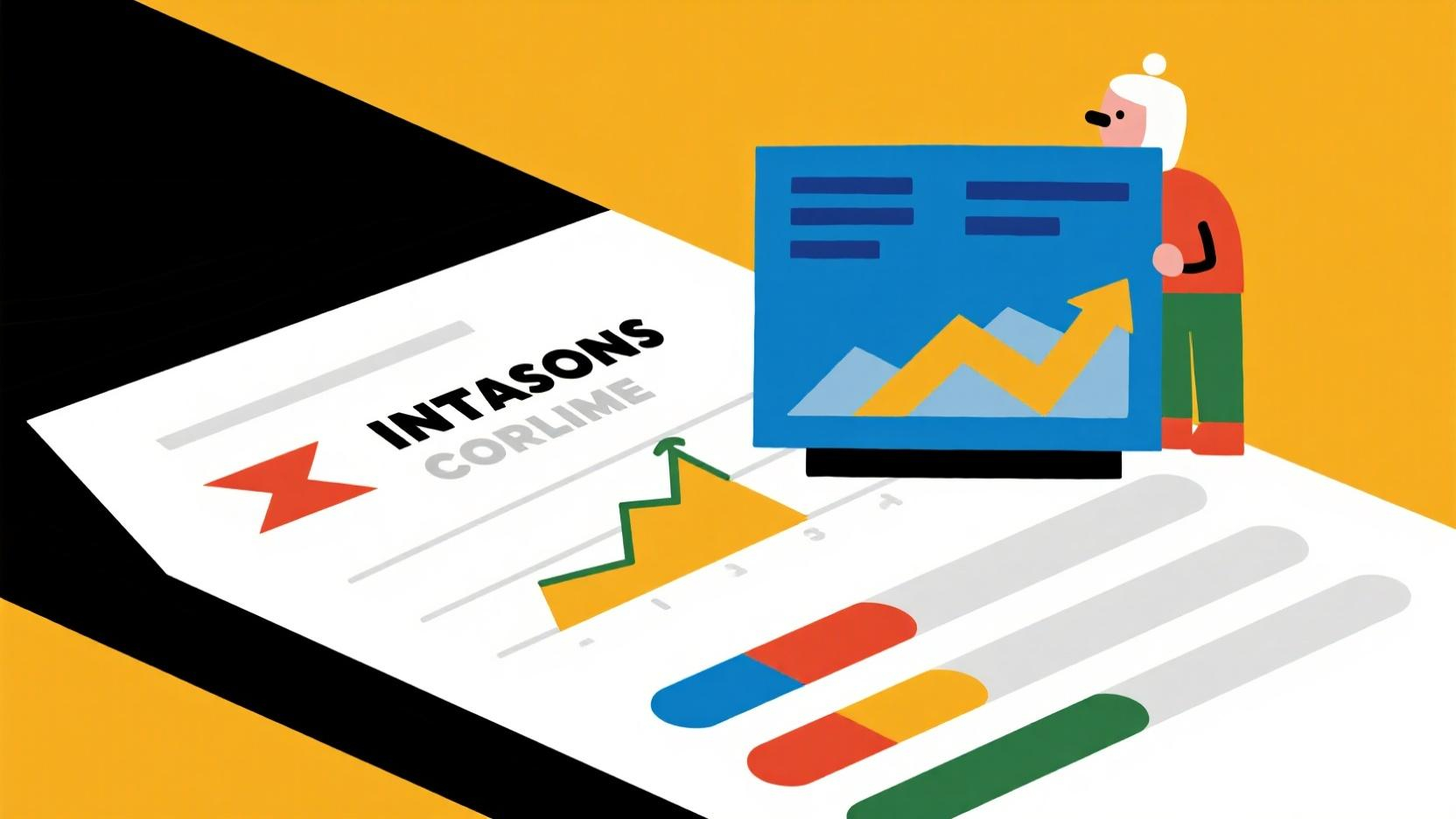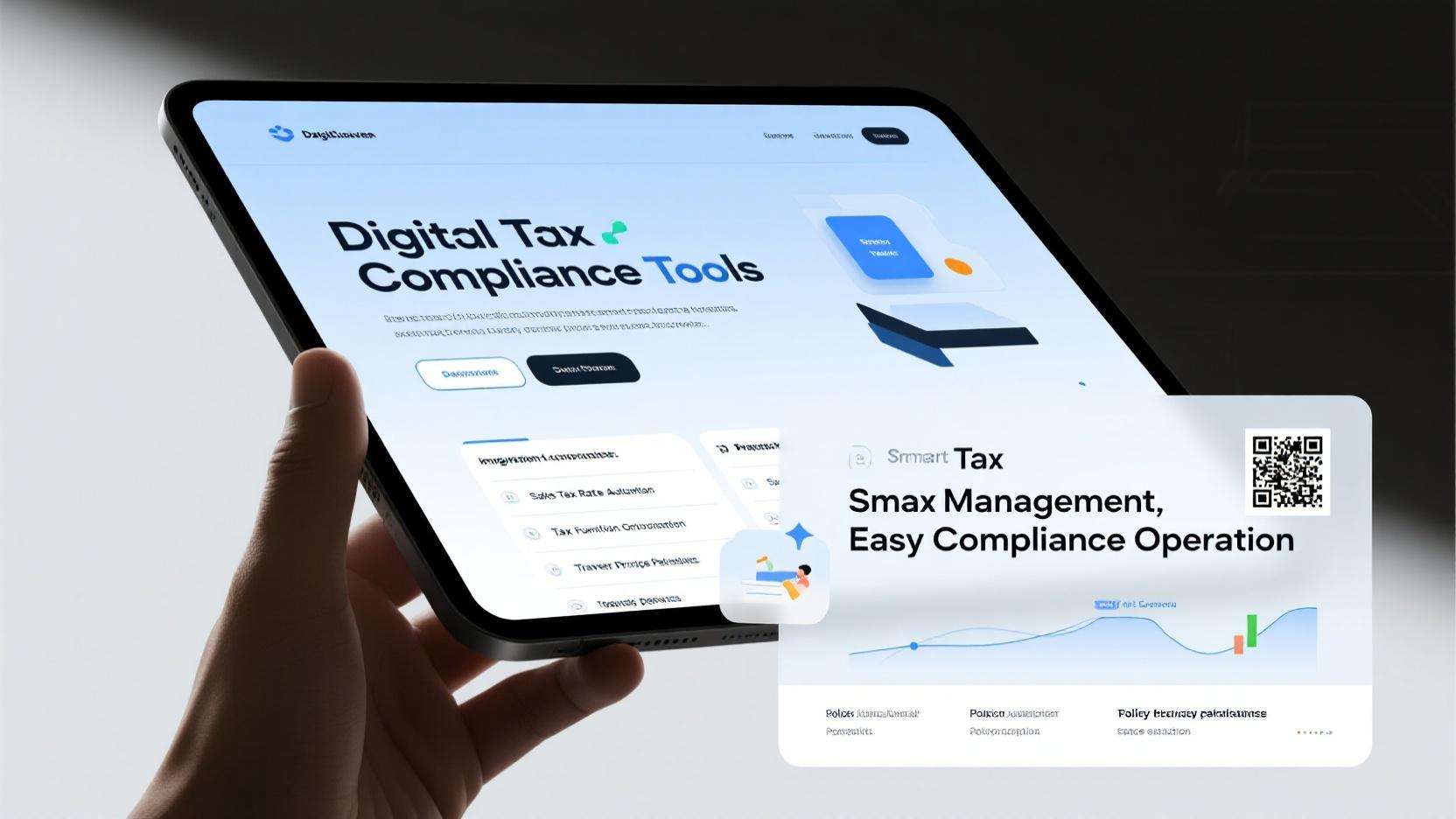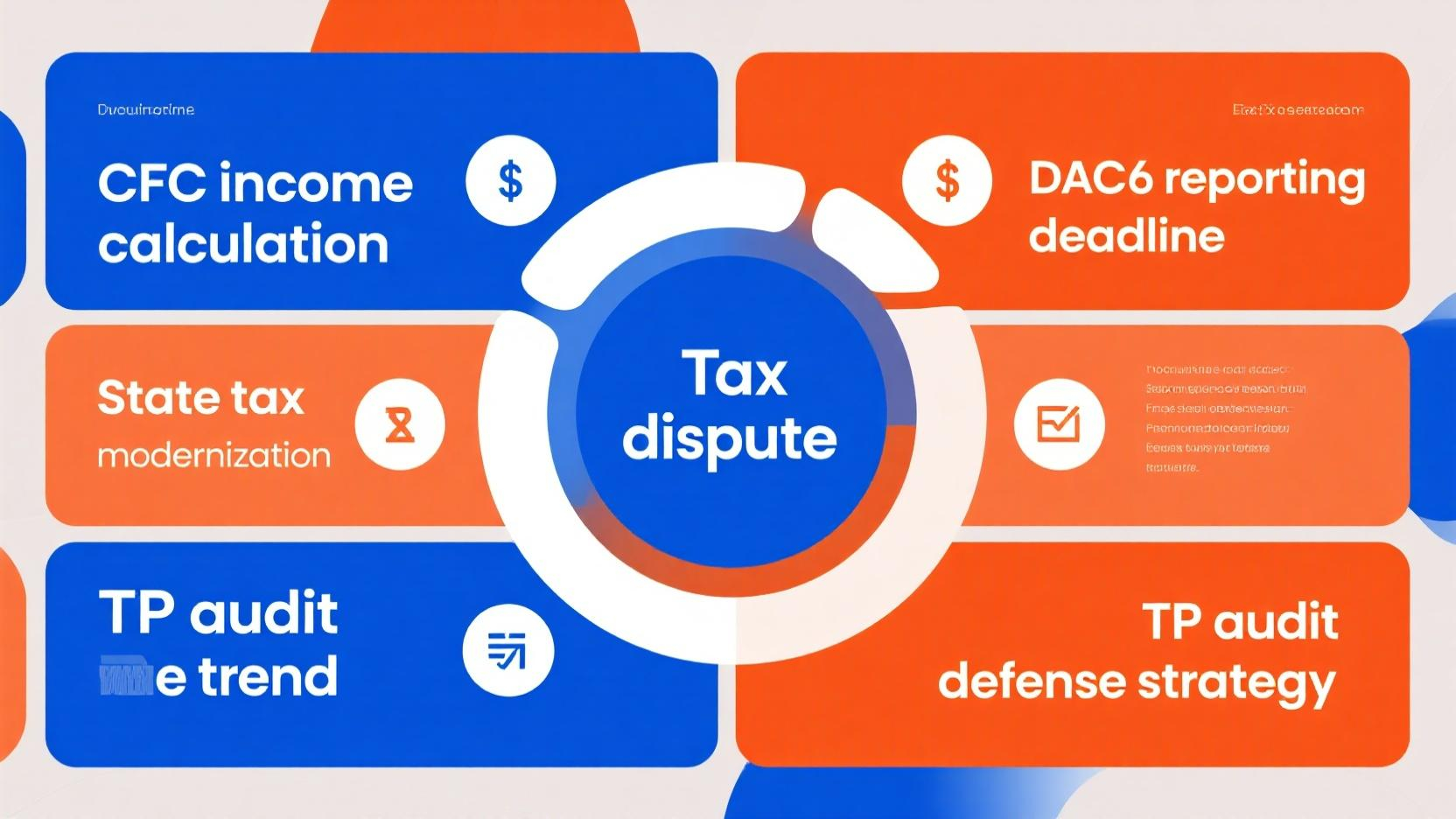Image Source: unsplash
Tax rules in U.S. states vary significantly, leading to challenges for individuals and businesses. This disparity is highlighted in the context of ‘Interstate Tax Compliance: Analyzing Tax Differences Across US States.’ For instance:
- From 2021 to 2022, Florida welcomed 125,551 new taxpayers, while California saw a loss of 144,203 taxpayers.
- In 2023, Florida experienced a gain of $39.2 billion in income, whereas California faced a loss of $29.1 billion.
These shifts illustrate how tax regulations impact financial resources and employment opportunities. Businesses in states like California and New York incur higher costs to comply with tax laws due to their complexity.
| Tax Rule Issue | Effect on Costs |
|---|---|
| States not following federal rules | Makes taxes harder to figure out |
| No standard rules | Costs more to follow the rules |
Understanding these dynamics is crucial for making informed decisions.
Key Takeaways
- Knowing interstate tax rules is important for people and businesses. It prevents legal trouble and money fines.
- States without income tax can draw people and companies. But they might charge more in sales or property taxes, raising living costs.
- Taxes affect where people move. Lower taxes bring more people, while higher taxes make them leave.
The Basics of Interstate Tax Compliance
What is Interstate Tax Compliance?
Interstate tax compliance means following tax rules in many states. It requires knowing and meeting tax duties when working or doing business in more than one state. Three main ideas explain this concept:
- Nexus: A connection to a state decides tax duties. In the past, this meant being physically there. Now, online sales or other activities can create nexus.
- Apportionment: States have different ways to figure out taxable income. Learning these methods helps report correctly and avoid paying too much.
- Business Structures: The type of business, like a corporation or partnership, affects taxes. Picking the right type helps with tax planning.
These ideas show why interstate tax compliance can be tricky but important for accurate finances.
Problems with State Tax Rules
Following state tax rules can be hard for people and businesses. Common problems include:
- Figuring out taxes owed in different states.
- Keeping up with changing and confusing tax rules.
- Learning about special tax breaks or credits in each state.
- Handling different sales tax rules.
- Managing payroll taxes for remote workers.
These issues can raise costs and cause fines for businesses. Staying updated and getting expert help can lower these risks.
Why Interstate Tax Compliance is Important
Interstate tax compliance helps avoid money and legal troubles. Businesses in many states must file taxes like income, sales, and franchise taxes. Breaking rules can lead to fines, extra charges, or audits, which hurt finances. Multi-state businesses are more likely to face audits due to filing mistakes.
For individuals, knowing tax rules matters when moving or earning money in other states. Keeping good records and learning state rules avoids surprises and ensures taxes are paid correctly.
By solving these challenges, people and businesses can handle interstate tax compliance better. This knowledge is key for smart decisions, as explained in "Interstate Tax Compliance: Analyzing Tax Differences Across US States.
Tax Structures and Differences Across U.S. States
States with No Income Tax
Some U.S. states do not charge income taxes. These states are:
- Alaska
- Florida
- Nevada
- New Hampshire
- South Dakota
- Tennessee
- Texas
- Washington
- Wyoming
This attracts people and businesses wanting lower taxes. But, these states often raise sales or property taxes instead. For example, Florida and Texas depend on these taxes for money. This can make living more expensive for low-income families. Still, no income tax can help the economy by boosting spending and investments.
States with Flat Income Tax Rates
Flat income taxes use one rate for everyone, no matter their income. This system is simple and easy to follow. It lowers costs and makes taxes easier to calculate. But, some say it affects low-income earners more. States like Illinois and Georgia use flat tax rates, as shown below:
| State | Flat Tax Rate | Previous Rate | Difference |
|---|---|---|---|
| Illinois | 4.95% | 5.0% | -0.05% |
| Georgia | 5.75% | 6.0% | -0.25% |
| Idaho | 6.0% | 6.5% | -0.5% |
| Mississippi | 5.0% | 5.5% | -0.5% |
Flat taxes help the economy by being predictable. But, if not managed well, they can cause budget problems.
States with Progressive Income Tax Systems
Progressive taxes charge higher rates to people who earn more. This brings in more money for states, as shown below:
| Income Group | Effective Tax Rate |
|---|---|
| Low-Income Families | 0.2% |
| Middle-Income Families | 2.4% |
| Top 1% | 4.1% |
This system helps reduce income gaps and funds public services. But, it may push wealthy people to leave states with high taxes. States like California and New York often face this issue, which affects where people move.
Variations in Sales and Property Taxes
Sales and property taxes differ a lot between states. This changes how people shop and live. For example:
- Illinois has sales tax rates from 6.25% to over 10%.
- Tourist spots like Las Vegas and Orlando have higher sales taxes for public services.
- High sales taxes can make people shop in cheaper areas.
These differences affect local economies. States must set fair tax rates to stay competitive and fund services.
Tax Policies and Their Impact on Migration

Image Source: pexels
How Tax Policies Influence Individual Migration Patterns
Tax rules affect where people decide to live. Many move to states with lower taxes to save money. For example:
- In 2013, California raised taxes, and 0.8% of top earners left.
- By 2016, 24 of the 25 highest-tax states lost more people than they gained. Meanwhile, 17 of the lowest-tax states saw more people move in.
States with lower taxes attract more residents. Lower taxes give people extra money to spend, encouraging moves. This shows why knowing tax differences is important when relocating.
Business Relocation and Tax Considerations
Businesses also think about taxes when choosing where to operate. Three main factors guide these decisions:
- Nexus: A business must check its connection to a state. This decides tax registration and duties.
- State and Local Tax Impact: Companies study how taxes like income and sales affect profits.
- Residency and Individual Income Taxes: For some businesses, owners’ personal taxes matter a lot.
Moving to a state with better tax rules can cut costs and boost profits. But businesses must review all tax details to avoid surprises.
Examples of States Gaining and Losing Residents
Tax rules directly affect where people move. States like Florida and Texas, with no income tax, attract wealthy residents. On the other hand:
- States like New York, California, and New Jersey lose people due to high taxes.
- Recently, states with high taxes lost 302,000 residents. States without income taxes gained 218,000 new people.
Some states, like Hawaii and Mississippi, lost people but gained income. This shows taxes aren’t the only reason people move. Costs of living and jobs also matter.
Looking at these trends shows how taxes shape where people and businesses go. Understanding "Interstate Tax Compliance: Analyzing Tax Differences Across US States" helps make smarter choices.
Economic and Policy Implications of Tax Differences
Effects on State Revenues and Budgets
Tax rules in states affect money and budgets in complex ways. Lower taxes may seem to attract people and businesses, but the effect is small. States with higher taxes often still grow their economies and incomes. This shows taxes alone don’t decide how much money states make. But, states face problems when their income changes a lot. Unique tax systems, economic shifts, and events like COVID-19 cause these changes. These ups and downs make it hard for states to plan budgets or fund services. I’ve seen how this makes long-term planning tricky.
Balancing Tax Competitiveness with Public Services
States must balance low taxes with funding schools and healthcare. To get businesses to move in, they need fair tax systems. Giving big tax breaks can fail, like in North Carolina with Dell Computers. Instead, improving overall tax systems works better for long-term success. Stable income helps pay for public services people need. I think states should focus on fair and simple tax rules to grow their economies and keep services running.
Strategies for States to Adapt to Tax Trends
States need smart plans to handle changing tax trends. Simple tax systems attract businesses and help economies grow. Clear tax rules make it easier to manage jobs and roads. I’ve seen states compete with neighbors for money and jobs. Leaders must know how their taxes compare to others to stay ahead. By making tax rules fair and easy to follow, states can bring in more people and businesses.
Tax rules in states affect where people live and work. Leaders must balance fair taxes with paying for schools and hospitals.
Learning about taxes is important. People and businesses can save money by knowing state tax rules. Understanding taxes helps make better choices and follow the law.
FAQ
How can I learn about state tax changes?
Sign up for newsletters from state tax offices. They share updates on new tax rules, deadlines, and what to do to follow them.
What helps businesses handle taxes in many states?
Businesses can use special tax software for multiple states. These programs do the math, check tax limits, and help file correctly.
Do taxes affect where people decide to live?
Yes, they do. States with lower taxes attract people wanting to save money. High-tax states often lose people, especially those who earn a lot.












